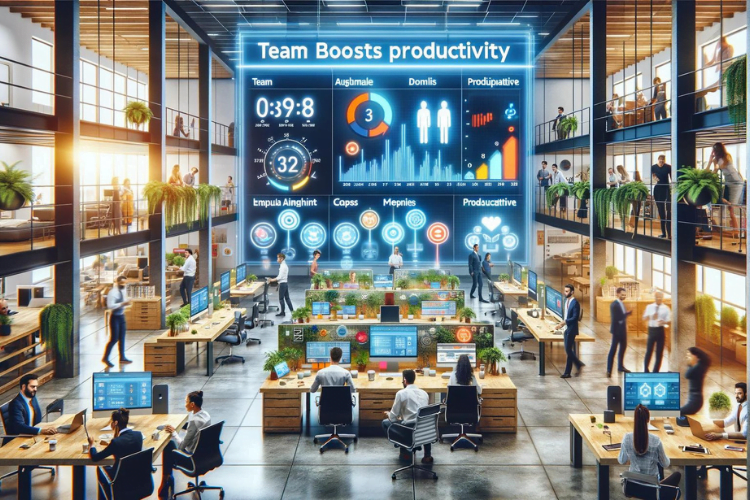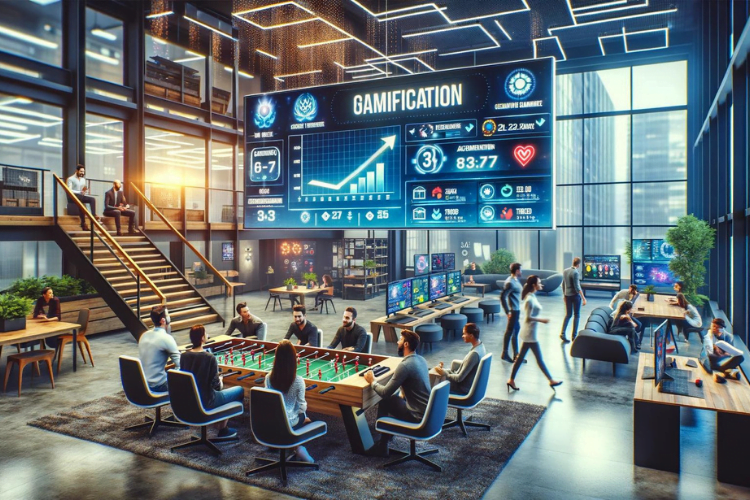
Unlocking Employee Engagement and Productivity: The Power of Workplace Gamification
Employee engagement and productivity are critical factors in organizational success. To attract and retain top talent, companies need to ensure that their employees are engaged, happy, and motivated to perform at their best. One powerful tool that businesses can use to achieve these goals is workplace gamification.

Cracking the Code on Employee Motivation: Unpacking the Meaning of Motivation and Harnessing the Power of Gamification
Motivation is a complex notion that is often misunderstood. In essence, it is the driving force that compels us to take action and achieve our goals. It is the reason why we get out of bed in the morning, why we work hard, and why we strive for success. But what does motivation really mean, and how can we harness its power to create highly motivated, engaged employees?

How Gamification Can Revolutionize Your Business Processes
Are you struggling with low employee motivation and inefficient operational processes in your business? If so, gamification might be the solution you need to turn things around. Gamification involves applying game design principles and mechanics to non-game contexts, such as business operations. By incorporating elements such as competition, rewards, and feedback, gamification can transform even the most mundane tasks into engaging and enjoyable experiences.

The Importance of Personalization in Today’s Gamification
In today’s world, gamification has become an important tool for businesses to engage and motivate their customers. Gamification is the use of game mechanics and design elements in non-game contexts, such as marketing, education, and employee training. It involves the use of rewards, challenges, and achievements to motivate users to take certain actions or behaviors. However, as gamification becomes more prevalent, it’s becoming increasingly important to personalize the experience for each user. In this article, we’ll explore the importance of personalization in today’s gamification.
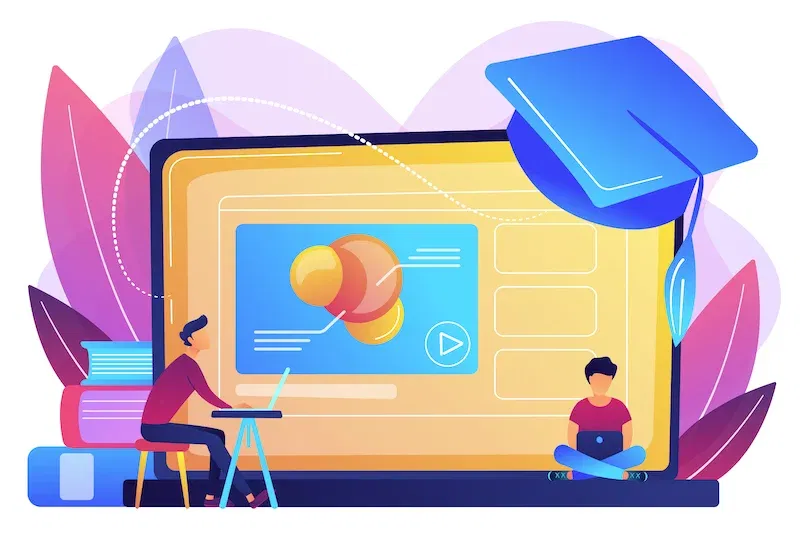
How Gamification Platforms Can Help Build Gamified Digital Learning Strategies
In today's fast-paced business world, companies are constantly looking for ways to stay ahead of the competition. One way to achieve this is by investing in employee training and development. However, traditional training methods can be boring and ineffective, leading to disengaged employees and low retention rates. This is where gamification comes in.
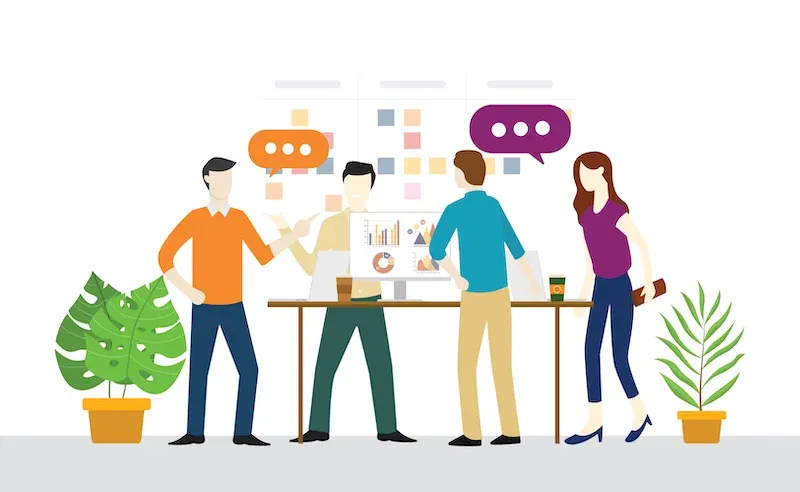
The Power of Employee Participation in Motivation
Employee participation is a powerful tool for increasing motivation in the workplace. When employees feel that they have a say in how their work is done, they are more likely to be engaged and invested in their jobs. This engagement leads to increased motivation, which in turn leads to higher productivity and better overall performance.One of the key benefits of employee participation is that it fosters a sense of ownership among employees. When they feel that they are part of the decision-making process, they are more likely to take responsibility for the outcomes of those decisions. This sense of ownership can lead to a greater sense of pride and satisfaction in their work, which can be a powerful motivator.

Gamification and Microlearning: The Future of Learning
Accessing information has become much easier in today's world. However, it can be difficult to navigate through all this information and determine which ones are a priority. This is where gamification and microlearning come in.Gamification is the use of game-like elements in non-game contexts. This can range from adding points and levels to a learning platform to creating interactive simulations. On the other hand, microlearning is a type of learning that presents short, bite-sized pieces of information. By combining these techniques, an enjoyable and effective learning experience can be created. created.

Level Up Your Habits: How Gamification Can Help You Achieve Your Goals
Gamification is a fancy way of saying that we can use game-like elements to help us do things we want to do. It's become really popular in areas like personal development and habit formation. Basically, gamification can help us create good habits that stick.

Gamifying Remote Work: Boosting Efficiency in the Age of Hybrid Workforce
In recent years, remote work has become increasingly popular, and the COVID-19 pandemic has accelerated this trend. Many companies have adopted a hybrid work model, where employees work from home or alternate between remote and in-office work. While this model has many benefits, such as increased flexibility and reduced commuting time, it also presents new challenges, such as reduced collaboration and communication, and decreased motivation and engagement among employees.

Boosting Sales Team Performance: The Power of KPIs and Gamification
Key Performance Indicators (KPIs) are essential metrics that help sales teams measure their progress and success. These metrics help sales managers understand how their team is performing and identify areas where they need to improve. By tracking KPIs, sales teams can set goals, measure progress, and adjust their strategies to achieve better results. In this article, we will discuss the most important KPIs to follow for a sales team and how gamification can lead to success if combined with these KPIs.
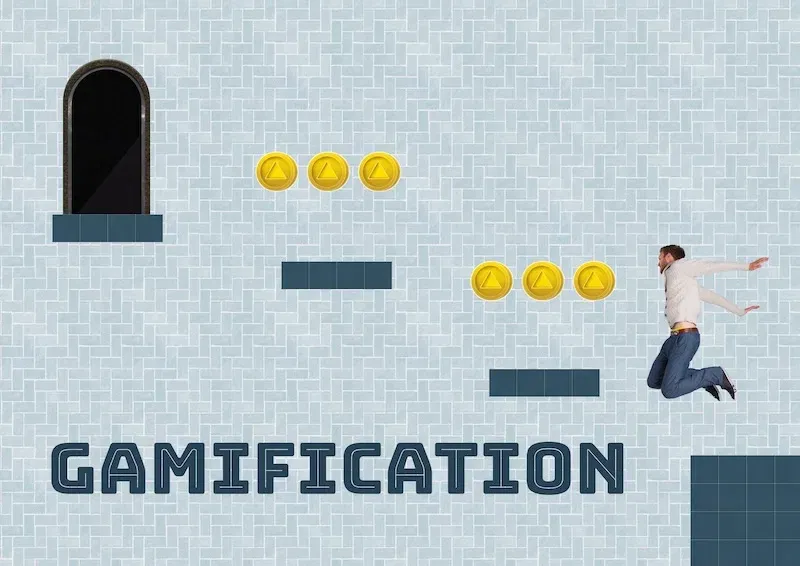
Level Up Your Sales Team: Gamification Strategies for Success in Sales Management
Currently, there are several trends in sales team management that can be addressed through gamification:

Building Better Sales Teams: Strategies for Success with Gamification
In the fast-paced world of sales, building strong relationships with potential clients is crucial for generating more sales and achieving success. Sales, at its core, is an emotional game, and the consequences of losing a sale can extend far beyond mere commission. As a sales manager, it is important to balance the analytical aspects of the job with the emotional well-being of your sales teams. This article provides valuable tips and tricks that any sales team can implement, incorporating the power of gamification, to enhance their practices, improve close rates, and fortify their emotional capabilities.
